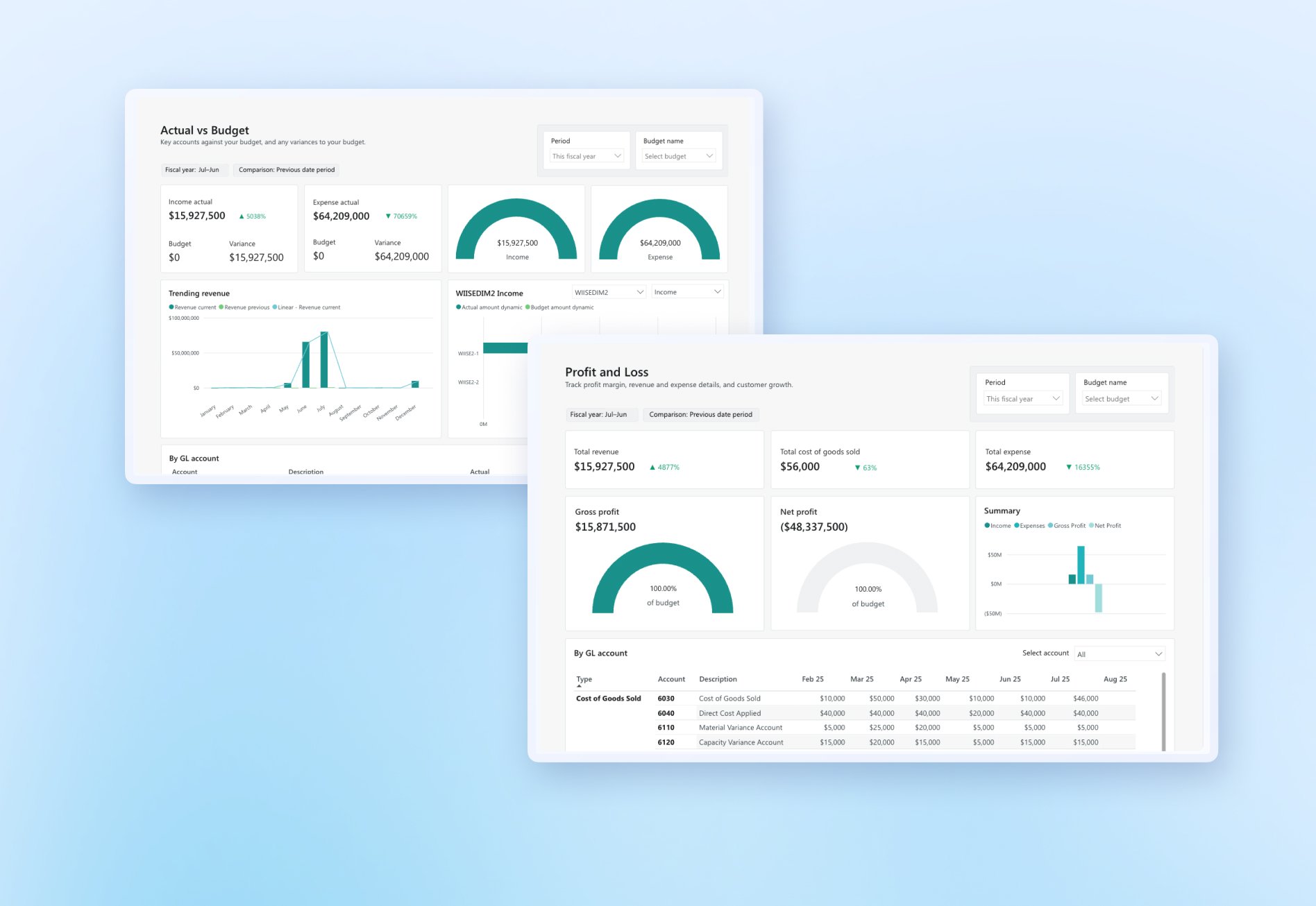“Er, hang on, that’s not supposed to happen?”
Probably not the first words you want to hear from your project lead immediately after your new ERP goes live.
An ERP implementation is a major project that can take anything from three months to a year to complete. After so much time and preparation, it can be tempting for organisations to become impatient and rush one of the most crucial project stages: go-live.
Resisting the rush to go live
A rushed or poorly planned ERP go-live can lead to a series of post-launch headaches, including:
- Data problems: When data templates don’t align with the new system or your data contains errors.
- Performance issues: From slow response times to frequent system crashes, there are many potential reasons for poor performance – most of which can be avoided before go-live.
- Low user adoption: If staff haven’t been properly trained or informed throughout the project, go-live is where any push-back will become painfully obvious.
Preparing to launch your ERP
Hopefully, you've already selected a great ERP IT services partner and documented your requirements and scope of works. The decision to ‘hit the button’ should be made jointly between you and your IT services provider – the external team you’ve hired to help implement and manage the new ERP. Your IT services provider will have extensive go-live experience and be able to pre-empt the usual considerations and potential hurdles.
A go-live checklist is key to ensuring you’ve considered all aspects of the system and minimise the risk of problems occurring post-launch.
To make things easier, we’ve put together a complete and detailed checklist of areas to address before go-live, including data migration, user acceptance testing and business continuity.
Download your free go-live checklist here.
Alternatively, here are 13 points to think about, before launching your new ERP software:
- Are all reported UAT issues resolved by your implementation partner?
- Are users created and appropriate permissions assigned to users?
- All staff have received communication on the go-live plan?
- All suppliers and customers are notified of any changes in customer or supplier-facing documents?
- All master data is spot checked for accuracy?
- Staff are aware who to contact in an emergency?
- Service partner has dedicated resources for go-live assistance?
- Who is the internal systems champion to assist with any issues on go-live day?
- Do you have a process established to record and track resolution of any issues?
- Have you verified all systems configurations and required workflows?
- Have you got a recovery plan in place should there be any systems failure?
- Are all staff aware of how to access the production systems?
- Have you planned final tasks for your last day of trading on the legacy system?
The day before go-live
On your last day of trading in your old system, the entire organisation should be well-informed and prepared to start using the new ERP the following day. Many businesses plan for a shorter final day, to allow enough time for the final data transition and to ensure data is accurate as of the last trading. It’s also a good idea to ensure you have staff available to pull together all the required information and that your implementation service partner will be available to provide critical support during the initial trading days.
Once you’ve covered all of the above, you’re ready to go live! Just remember – even if you’ve planned for every eventuality, the first week or so on your new ERP can still throw up some unexpected challenges. But that’s what good implementation partners are for!
For more information about planning the move to a new ERP software, read our ERP Implementation 101 Guide: A Practical Guide to Managing the Move.
Alternatively, download our free go-live checklist here.
Ready to learn more?
Book a demo call with one of our friendly team members.



